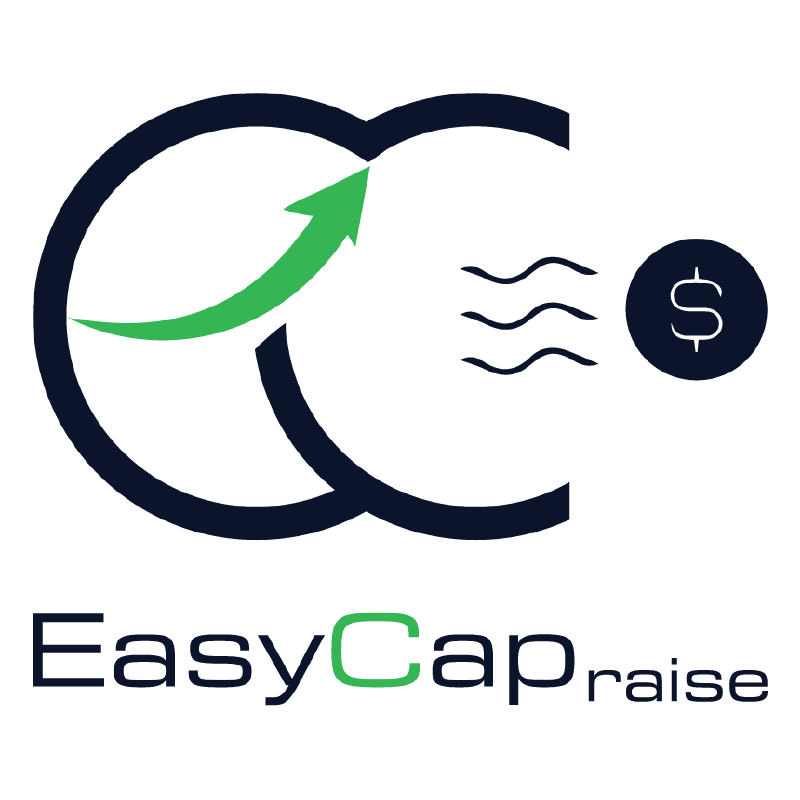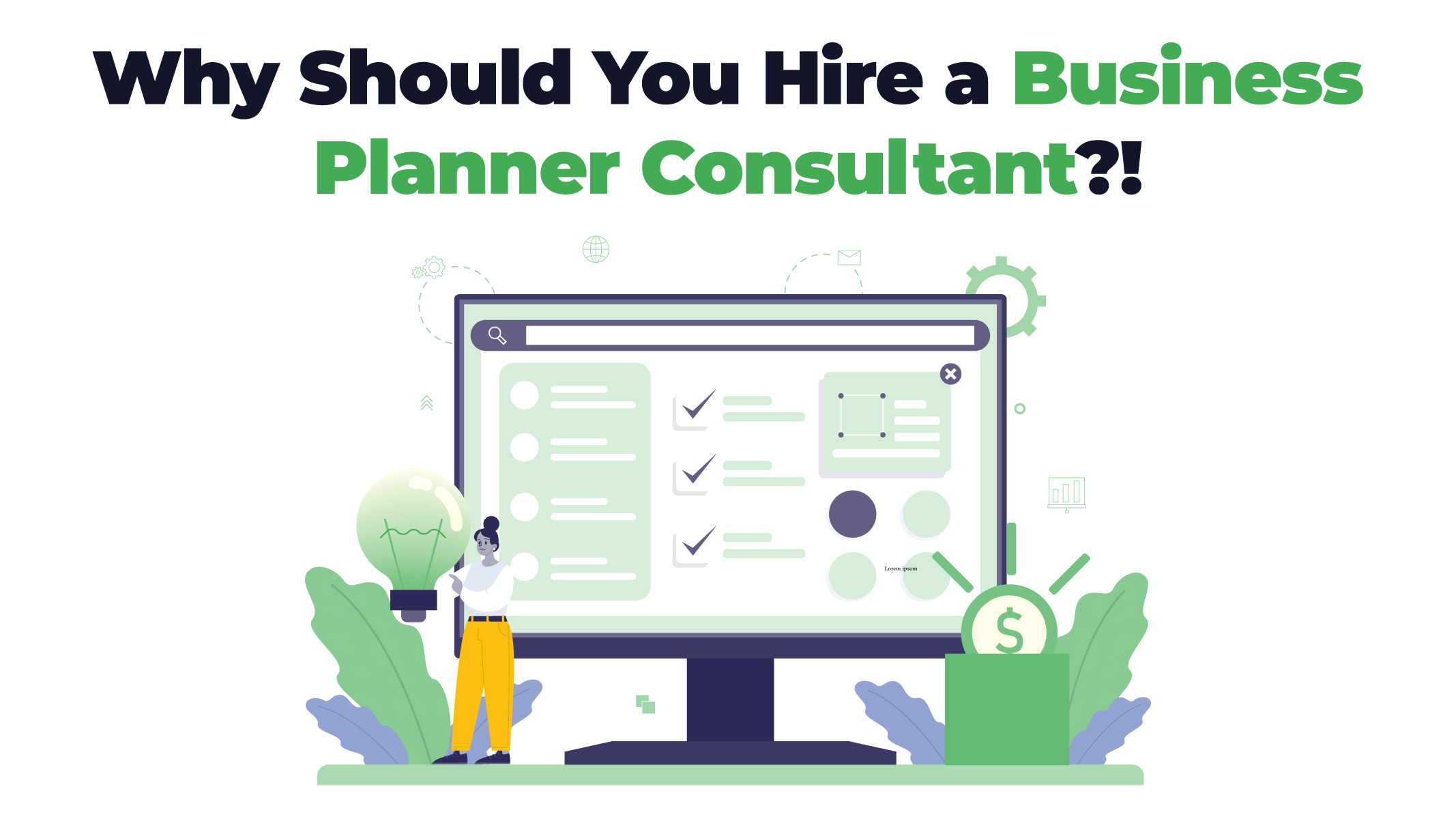What are network effects?
To make sure you’re pricing your goods, services, or platform properly, you should take into account a number of criteria. You must comprehend the unique value your product offers, the price your customers are willing to pay for that value, and the profit margins your business needs in order to succeed.
It’s important to take into account any network effects that may affect your product or service and, consequently, your pricing strategy.
Network effects are a notion you may not be familiar with. An overview of network effects, their potential impact on your business strategy, and the skills required to effectively use them to boost profitability can be found below.
Key takeaways:
- “Network effect” describes any situation in which the number of buyers, sellers, or users who utilize a platform, product, or service determines its worth.
- Network effect can be divided into two categories: direct and indirect.
- Markets with significant network effects are usually referred to as winner-takes-all markets.
- The fundamental reasoning behind a normal pricing strategy significantly changes in markets where network effects are strong.
WHAT ARE NETWORK EFFECTS?
The phrase “network effect” describes any circumstance in which the number of buyers, sellers, or users who utilize a platform, product, or service determines its worth. Usually, the more consumers, vendors, or users there are, the more of a network effect there is, and the more value the service adds.
In other words, as the number of buyers or sellers for a business rises, so does the buyer’s willingness to pay.
EXAMPLES OF NETWORK EFFECTS
Many of today’s most popular companies and startups take advantage of network effects, such as:
- E-Commerce: Amazon, Alibaba, eBay, Etsy
- Ticket Exchange: StubHub, Ticketmaster, SeatGeek
- Rideshare: Uber, Lyft
- Delivery: Grubhub, DoorDash, Uber Eats, Instacart, Postmates
- Social Media: Facebook, Twitter, Instagram, LinkedIn, Snapchat, Pinterest
What these businesses all have in common is that as they grow and add more users, the value they offer to customers grows. Etsy and eBay offer vastly more value to users if one million, instead of 100 sellers use their platforms. When more drivers use their networks, Uber and Lyft offer riders greater convenience and dependability. As more people sign up for social media sites, users find the channels to be more varied and fascinating.
DIRECT AND INDIRECT NETWORK EFFECTS
Not all network effects are the same. They are generally divided into two categories: direct and indirect.
Direct network effects happen when the value of a good, service, or platform rises as a result of an increase in the network’s user base.
Because the service’s value increases as a direct result of enticing new users, social media platforms profit most from direct network effects.
Apple greatly benefits from network effects. The preferential treatment of communications transmitted over iMessage from an iPhone to another Apple device has helped the business widen its competitive advantage.
Indirect network effects happen when a platform or service rely on two or more user groups, such as producers and consumers, buyers and sellers, users and developers, or purchasers and users. The value that the other group receives increases as more members of one group use the platform. The e-commerce and ride-sharing instances mentioned above serve as the best examples of this.
Other articles of interest: Why do You Need Equity Investors for Your Blockchain Startup?

WHY ARE NETWORK EFFECTS IMPORTANT TO UNDERSTAND?
According to the underlying theories of network effects, the company, website, or platform with the largest market share will ultimately be more successful. As a result, its market share is probably going to increase significantly. Because of this, markets with significant network effects are usually referred to as winner-takes-all markets.
Companies that can harness or take advantage of network effects often grow quickly. Once you’re in the lead, you usually stay there. As you grow, demand keeps increasing even more quickly.
You need look no further than eBay for a concrete illustration of this idea. Due to its dominance over the opposition, the firm typically wins big when it does so in a particular nation.
NETWORK EFFECTS AND PRICING
Understanding if your market is prone to network effects is essential when setting the price for your product, service, or platform. Why? Because the fundamental reasoning behind a normal pricing strategy significantly changes in markets where network effects are most pronounced.
Businesses often price their products as high as they can without going over what their clients are ready to pay in order to maximize profit margin. However, when network effects might be particularly applicable to a certain market, market share—especially in the early days—becomes the primary objective, rather than profit.
This is due to the fact that the quantity of current users affects how eager future customers are to pay. By increasing your market share early on, you improve your potential to raise pricing later, after you’ve maximized network effects and accelerated acceptance of your offering. For this reason, many businesses first set their product prices low or give them away for free.
The rise of Facebook as a social media giant is a prime example of this assumption in action. Facebook began as a free social media website in 2004. As it was free, the site grew in popularity, grabbing a larger market share and eventually displacing Myspace, its main competitor at the time. It wasn’t until 2007 that Facebook began to leverage ads to monetize its user base, and it wasn’t until 2013 that the corporation significantly increased its efforts.
Contact us
Good to have you here! If you have any queries, please leave your message. Our team will reach out soon:)
.








